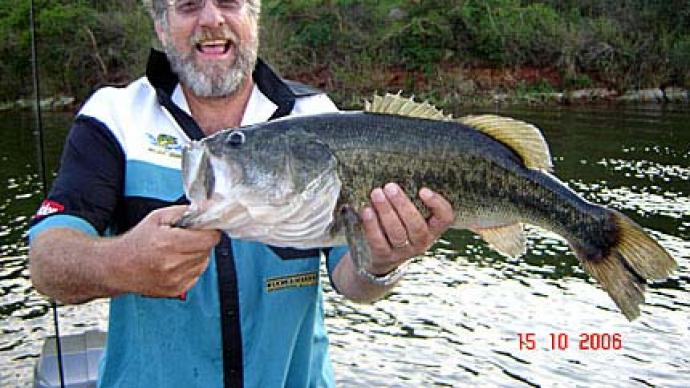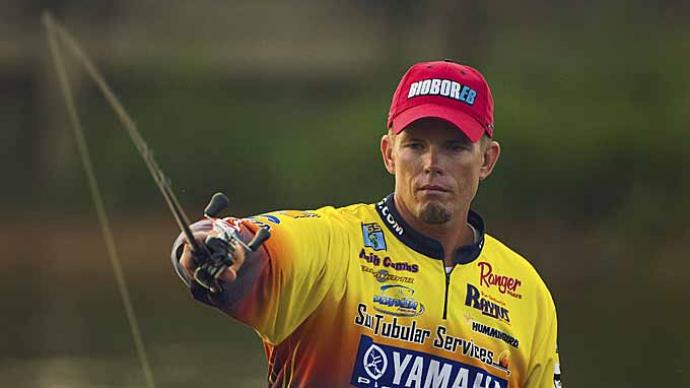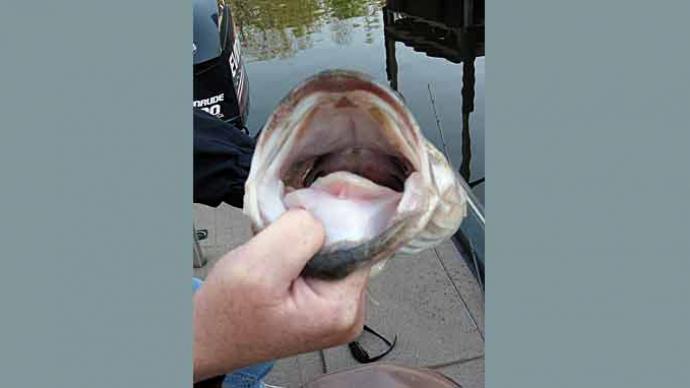
It was a great morning to go fishing. The sun was shining bright, and I felt warm on my face in the cool morning air. There was a slight breeze blowing in the bright blue cloudless sky. Every fisherman looks forward to perfect days like these to go fishing.
Spring can be the best time for fishing and catching fish. As the days get longer, the sun warms the water and draws the fish into the coves and shallow areas to feed and spawn. Unfortunately, spring always brings with it another predictable event. Constant weather change.
One day can be a nice warm and pleasant day, and the next can turn quite a bit cooler with a gusty wind - two completely different types of days. However, as the old saying goes, one can be a great day for the fisherman, and the other a great day for the fish.
Which day is the great day for the fisherman? That depends on the fisherman. Most fishermen will say the nice warm, and pleasant day is a great day to be fishing. And without dispute, it certainly is. However, if approached correctly, the latter-day can be a great day for "catching."
When the wind starts blowing, most fishermen head for the protective cover of a hidden cove, go to another lake, or go home. Unfortunately, those types of fishermen will be destined to be fair-weather fishermen. To consistently catch fish, a fisherman needs to be adept at fishing in all weather conditions, including windy days.
Fishing in the wind takes a properly prepared angler with a positive and determined attitude and the right tackle.
Before fishing on a windy day, make sure your rig and tackle are correctly prepared. Make sure your boat is loaded correctly. An improperly loaded boat can list and capsize from an overpowering wave. As always, be sure to have and wear your life jacket when fishing in the wind or foul weather.
Check all of your batteries to be sure they are fully charged. If you have a spare battery, charge it and take it along. You'll need all the power you can muster to hold your boat on your fishing spot.
Make sure you have an anchor on board. Besides being a good safety reason, you can drop your anchor to help hold you in position if you're having trouble holding onto your fishing spot with your trolling motor.
Another good tool for fishing in the wind is a drift sock or trolling bag. Not many inland water fishermen use them, but they can be a great tool in windy conditions once you get the hang of using them.
Check your tackle. Make sure your reels are fully spooled. A partially filled spool is harder to cast, causes frequent backlashes, and prevents you from casting the proper distance. It's also good to tighten your spool adjustment more than usual. It might cut down your casting distance but will help minimize backlashes.
When fishing in the wind, it's best to use larger crankbaits and spinnerbaits, and heavier jigs and worm weights. Another good tip is to downsize the line diameter. If you usually use a 14-pound test, drop down to 12. You may get a bit of line stretch, but the reduced drag from the wind and moving water will make up for it. A braided type line is even better. These have a smaller diameter than monofilament without the stretch.
The most significant advantage to fishing in the wind is that fish have a predictable behavior in windy conditions. They most often congregate around windblown points and banks, ambushing baitfish as they swim by or are carried into the shallow water against the bank. The wind also works crayfish and other forage out of rocks and ledges, making them easier prey to feeding fish.
Wind: Friend or foe? You be the judge. But if you learn to use it to your advantage, you'll have more days to fish and do more catching instead of staying home. After all, "they call it fishing, but the goal is catching"!




